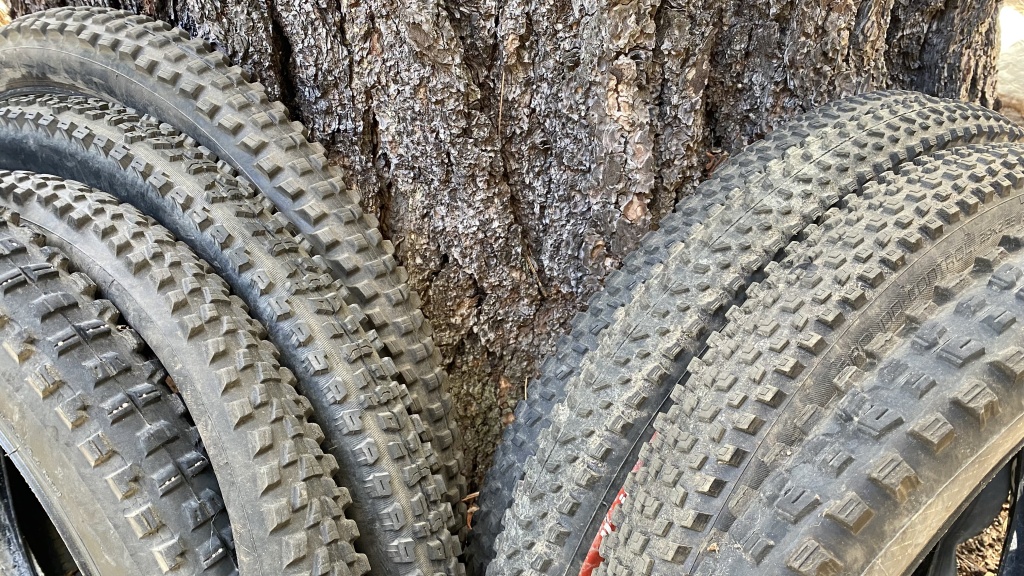All Categories
Featured
Table of Contents
The Michelin provided a comfortable driving experience, characterised by responsive guiding and a modern understeer balance. Despite the cooler screening conditions, Michelin's constant time and grip over 3 laps suggests its suitability for real-world applications. On the other hand, Yokohama's performance was unique. While its super-quick guiding resulted in a fast front axle turn, the back revealed a propensity to turn extra.
The tyre's very first lap was a second slower than the second, aiming to a temperature-related hold rise. For day-to-day usage, the Michelin may be a much safer bet.
Tyre Fitting Near Me – Dianella
It shared Michelin's secure understeer balance yet lacked the latter's determination to transform. Continental and Goodyear's performances were remarkable, with Continental's brand-new PremiumContact 7 showing a significant renovation in damp problems contrasted to its precursor, the PC6. This design was much much less sensitive to fill adjustments and acted similar to the Michelin, albeit with slightly less communication at the limit.
It incorporated the secure understeer balance of the Michelin and Continental with some sporty handling, showing both predictable and quick. As an all-rounder for this Golf GTI, Goodyear's Asymmetric array was the standout, demonstrating outstanding efficiency in the damp. The Bridgestone Potenza Sporting activity took the crown as the fastest tire, albeit by a little margin.
Chauffeurs seeking an amazing wet drive may find this tyre worth thinking about. The standout entertainer in damp braking was the newest tire on examination, the PremiumContact 7, though the outcomes are nuanced.
Tyre Inspections Near Me
Preferably, we wanted the chilly temperature examination to be at around 5-7C, however logistical hold-ups indicated we evaluated with an ordinary air temperature of 8C and water at 12C. While this was cooler than conventional test problems, it was still warmer than real-world conditions. The cozy temperature examination was done at approximately 18C air and 19C water.
The 3rd run included wet braking examinations on worn tires, particularly those machined down to 2mm with a tiny run-in. While we meant to do more with these worn tires, weather constraints limited our testing. It's worth keeping in mind that damp braking is most essential at the used state, as tires typically boost in dry conditions as they put on.

Bridgestone, Goodyear, and Michelin saw the least performance reduction when worn. The Hankook tyre registered the smallest performance drop as temperature levels cooled down, yet it was amongst the most affected when worn.
Affordable Tyre Fitting Services Near Me – Dianella WA
The take-home message below is that no single tire mastered all aspects of damp braking, showing a complicated interplay of elements affecting tire performance under various problems. There was a standout tire in aquaplaning, the Continental finished top in both straight and rounded aquaplaning, with the Michelin and Goodyear additionally excellent in much deeper water.

Yokohama can take advantage of a little more hold, an issue potentially affected by the colder conditions. When it comes to taking care of, all tires done within a 2% range on the lap, showing their top quality efficiency (Tyre and wheel services). Nonetheless, taking into consideration these tyres essentially target the same client, it interests observe the significant distinctions in feel.
The shock is since the PremiumContact 6 was among my favourites for flashy dry drives, however its successor, the PremiumContact 7, appears extra mature and appears like Michelin's performance. Amongst these, Hankook was the least specific in steering and communication at the restriction. Tyre sales. Both Michelin and Continental provided beautiful first guiding, albeit not the fastest
If I were to recommend a tire for a fast lap to a newbie, state my papa, it would certainly be among these. Then we have the 'enjoyable' tires, particularly Yokohama and Bridgestone. Both were swift to guide and really felt sportier than the others, but the compromise is a more lively back end, making them a lot more challenging to take care of.
Best Tyre Installation (Dianella WA)
It offered similar guiding to Bridgestone however provided better feedback at the limitation and much better grip. The Bridgestone Potenza Sporting activity, nonetheless, appeared to degrade rather promptly after simply three laps on this demanding circuit. There's Goodyear, which placed itself somewhere in between the fun tires and those often tending in the direction of understeer.
All in all, these tyres are superb entertainers. For roadway usage, I would certainly lean in the direction of either the Michelin or Goodyear, depending on your specific preferences. In regards to tyre wear, the approach used in this test is what the market describes as the 'gold standard' of wear. The wear experts at Dekra conducted this test, which included a convoy of autos passing through a very carefully intended route for 12,000 kilometres.
Both the Bridgestone and Yokohama tires significantly underperformed in comparison to the other 4 tires in regards to rolling resistance, with Continental somewhat outshining the remainder. Pertaining to the comfort level of the tyres, as anticipated, most demonstrated an inverted connection with handling. The Continental, Michelin, and Goodyear tyres carried out best across different surface area types checked.

Bridgestone started to show indicators of suppleness, while Yokohama was especially disconcerting over splits. We did gauge internal sound degrees; nevertheless, as is usually the instance, the outcomes were very closely matched, and because of weather restrictions, we were not able to conduct a subjective analysis of the tyres noise. Lastly, we checked out abrasion numbers, which measure the amount of tyre walk shed per kilometre, normalised to a one-tonne vehicle.
Best Tyre Fitting Near Me – Dianella WA
This figure stands for the amount of rubber dirt your tires produce while driving. Michelin led in this classification, producing over 9% less rubber particle matter.
Latest Posts
Top Tyre Care – Swan
Reliable Tyre Care Near Me – Koondoola 6064 WA
Wheel Balancing Services – Bayswater 6052 WA